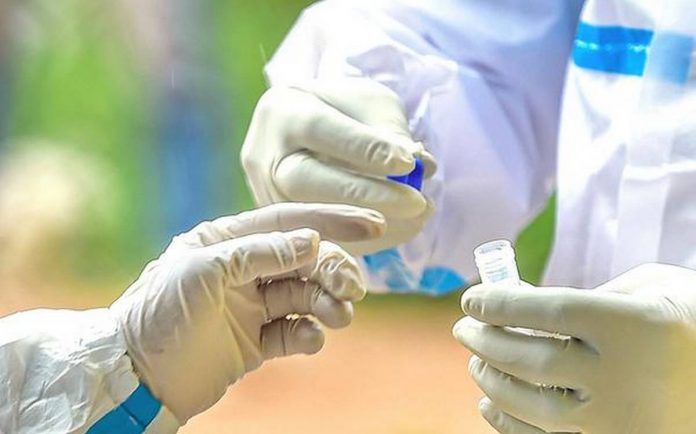Alberta’s big cities were the epicentre of COVID-19 for a period last fall but lately it’s rural areas that have seen the highest rates of active cases, relative to their population.
“I think there’s a misconception that there are no cases and no impact in rural zones,” Dr. Deena Hinshaw, Alberta’s chief medical officer of health, said last week.
“But, in actual fact, we have seen quite high numbers in some rural places.”
Alberta Health divides the province into 132 “local geographic areas” in order to monitor a variety of health outcomes and, as of Tuesday’s data update, the top 10 areas for active COVID-19 cases, per capita, were all rural.
Some of these areas have names similar to nearby municipalities but it’s important to note the boundaries defined by Alberta Health are not identical to the municipal boundaries you might be more familiar with.
Many of these rural areas don’t have massive outbreaks in terms of absolute numbers, but do have high numbers of active cases relative to the number of people who live there.
In the Frog Lake and Wabasca areas of northeastern Alberta, for instance, nearly 1 out of 100 people had an active case of COVID-19, as of Tuesday’s data update. A bit further north and west, in the La Lac Biche and High Prairie areas, it was about 1 out of 150 people.
Wetaskiwin County in central Alberta had the highest rate in the province in early January, with about 1 in 50 people battling an active infection at that time. But the numbers there have since been on the decline.





























